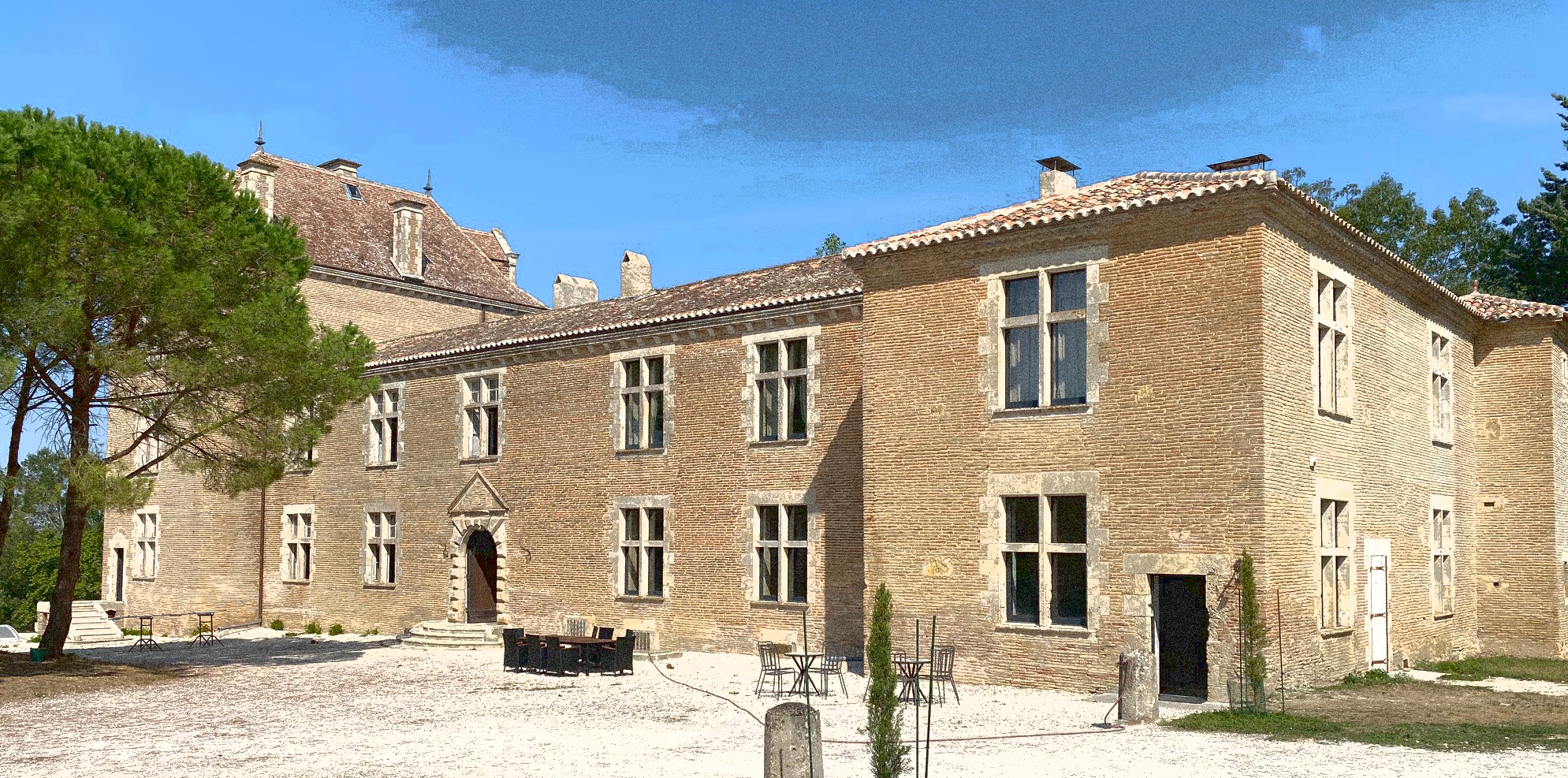Mon panier
Aucun article
Mes achats : 0 article(s)
- Consultation
- Rachis
- Clavicule
- Coude
- Epaule
- Main
- Poitrine
- Thorax
- Abdomen
- Stomie
- Inguinal
- Ombilical
- Scrotal
- Hanche
- Cuisse
- Genou
- Rotule
- Mollet
- Cheville
- Pied
- Chaussures
- Chaussures de décharge partielle de l'avant pied
- Chaussures de décharge totale de l'avant-pied
- Chaussures de décharge de l'arrière-pied
- Chaussure de compensation
- Chaussures à volume variable
- Chaussures médicales à volume variable
- Chaussures extensibles
- Sandales réglables
- Chaussons confort
- Chaussures de correction pédiatriques
- Chaussures de stabilisation de la cheville
- Chaussures pied plâtré
- Chaussures pied diabétique
- Chaussures rhumatismes
- Chaussures semelles orthopédiques
- Botillons semelles orthopédiques
- Chaussures Finnamic
- Chaussures randonnées semelles orthopédiques
- Mules semelles orthopédiques
- Chaussures semelle bois
- Chaussures professionnelles
- Künzli K style
- Künzli Ortho/Therapie
- Künzli Protect
- Chaussures ATOP compatibles avec orthèse
- Sandales compatibles avec orthèse
- Chaussures basses compatibles avec orthèse
- Chaussures ouverture totale zip compatibles avec orthèse
- Chaussures montantes ouverture velcro compatibles avec orthèse
- Chaussures montantes lacet et zip compatibles avec orthèse
- Chaussures ouverture totale arrière compatibles avec orthèse
- Chaussures montantes lacets ou velcro compatibles avec orthèse
- Chaussures de stabilisation de la cheville
- Chaussures médicales très grand volume
- Chaussures Activity
- Compression veineuse
- Incontinence
- Aides


